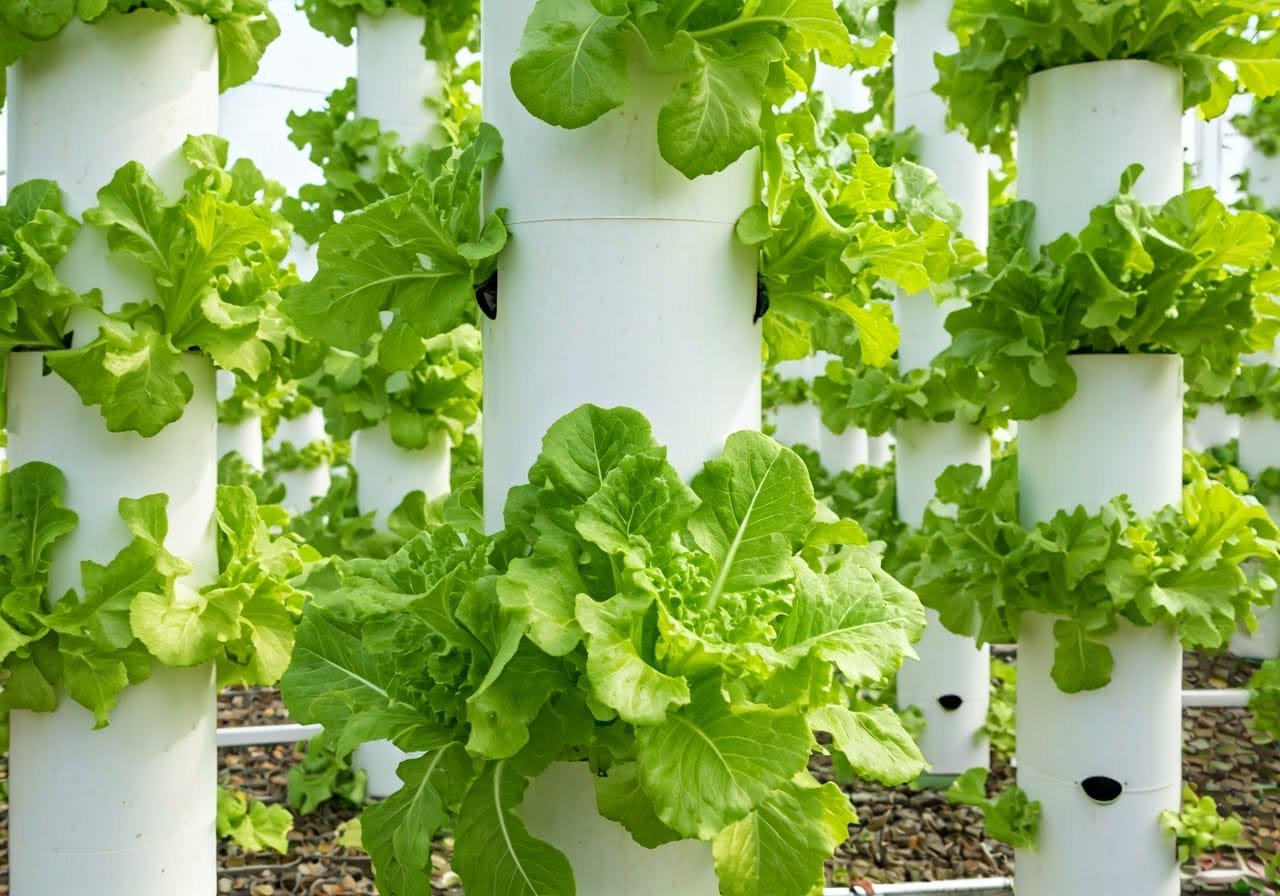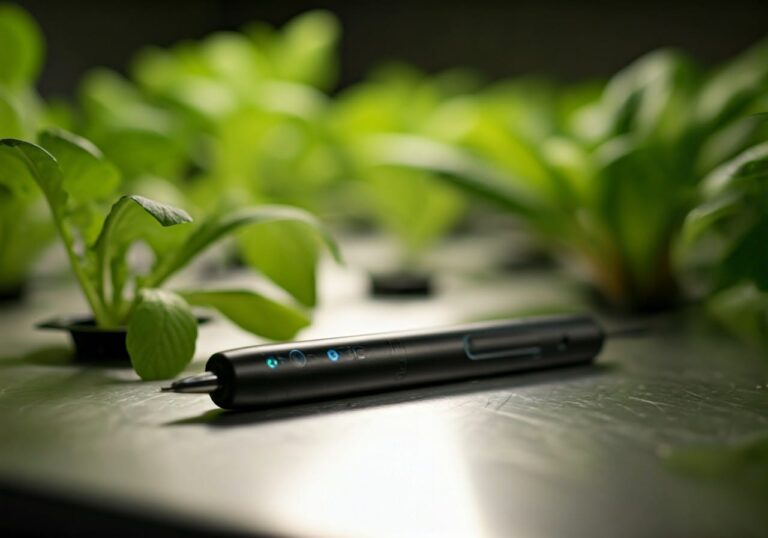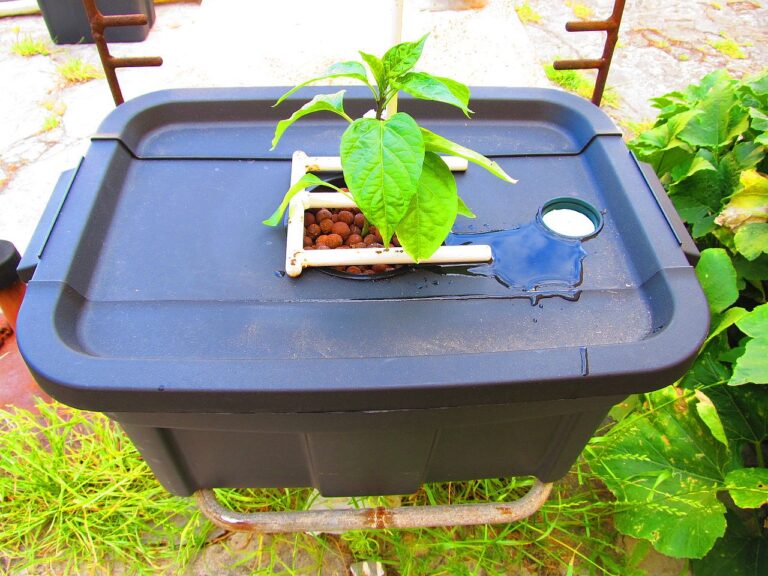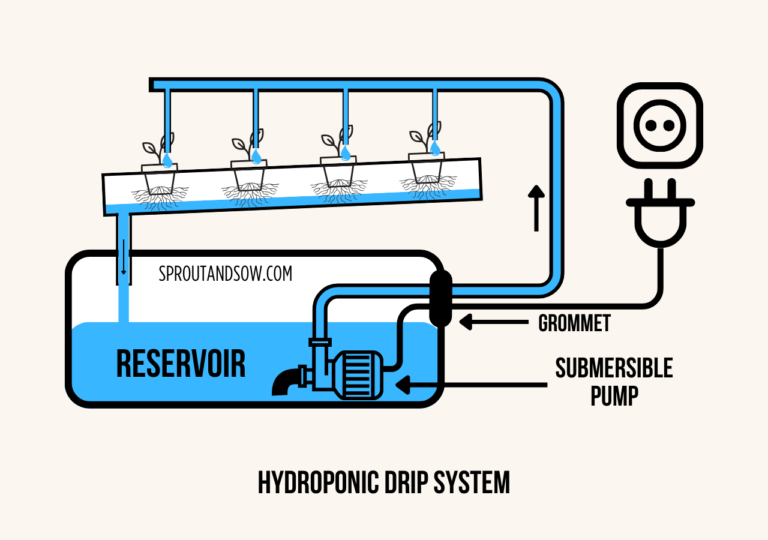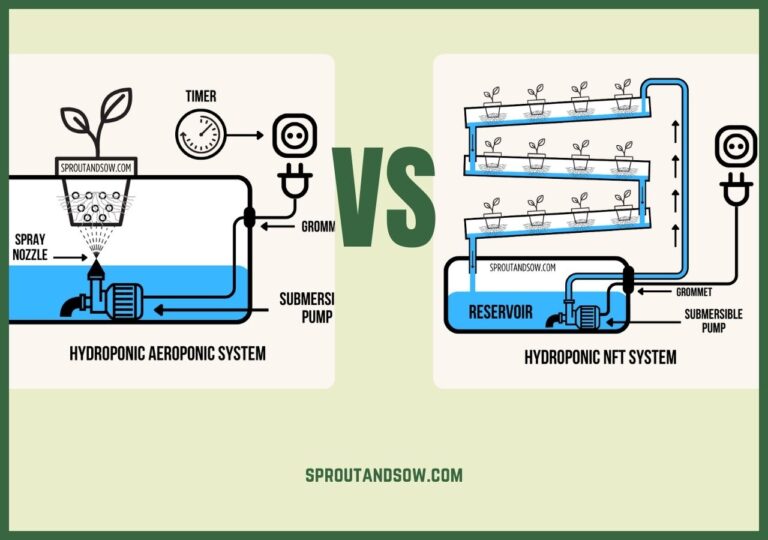How Aeroponic Towers Work: A Complete Guide
Aeroponic towers are an innovative take on traditional gardening that maximize efficiency and growth potential. This guide will walk you through the basics of how they work, why they’re effective, and what you need to know if you’re considering incorporating them into your own gardening setup.
1. What Are Aeroponic Towers?
Aeroponic towers are vertical structures designed for growing plants without soil. Instead, they use air and a fine mist of nutrient-rich water to deliver the essentials directly to the roots. This system is a subset of aeroponics, which emphasizes growing plants in an air or mist environment.
2. The Science Behind Aeroponic Towers
The main principle of aeroponics is to keep plant roots suspended in the air while periodically delivering a nutrient solution. Here’s a step-by-step look at how it works:
- Plant Placement: Plants are inserted into slots or pockets on the tower. The roots dangle freely inside the structure, exposed to the air.
- Misting Mechanism: A pump within the system pushes water mixed with nutrients up through the tower to a nozzle or distribution system that mists the roots.
- Nutrient Delivery: The nutrient mist ensures the roots receive a balanced mix of water, minerals, and oxygen, all crucial for growth.
- Oxygen Access: Since the roots are not submerged, they receive ample oxygen, which contributes to faster and healthier growth.
3. Benefits of Aeroponic Towers
There are several reasons why aeroponic towers are becoming popular among gardeners:
- Efficient Water Usage: Compared to traditional soil gardening, aeroponic systems use significantly less water because the mist is recirculated.
- Space-Saving Design: The vertical setup allows for more plants to be grown in a smaller footprint, making it ideal for urban gardening or areas with limited space.
- Accelerated Growth: The combination of direct oxygen and nutrient delivery often results in quicker growth rates and higher yields.
- Reduced Risk of Soil-Borne Diseases: Since there is no soil, plants are less susceptible to common soil-borne pests and diseases.
4. Setting Up an Aeroponic Tower
Here’s how to get started with your own aeroponic tower:
- Choose Your Tower: Select an aeroponic tower based on your space and plant needs. Look for features such as adjustable misters and a sturdy frame.
- Assemble the Tower: Follow the manufacturer’s instructions to set up the tower structure. Ensure the pump and nutrient delivery system are securely connected.
- Prepare Nutrient Solution: Mix the appropriate hydroponic nutrients with water according to the needs of the plants you plan to grow.
- Insert Plants: Place seedlings or young plants into the designated slots with their roots hanging inside the tower.
- Start the System: Turn on the pump to begin misting. The system will periodically mist the roots to keep them moist and nourished.
5. Maintenance Tips for Your Aeroponic Tower
To keep your aeroponic system running smoothly:
- Check the Pump Regularly: Ensure the pump is functioning properly to maintain consistent nutrient delivery.
- Clean the Misters: Misters can get clogged over time, so it’s important to clean them periodically.
- Monitor Nutrient Levels: Keep an eye on nutrient levels and pH to ensure the solution stays within the optimal range for plant health.
- Inspect Roots: Look for signs of root rot or nutrient deficiencies, and adjust the system as needed.
Related: Troubleshooting Advanced Hydroponic Systems
6. Common Challenges and Solutions
- Clogged Misters: Clean misters with vinegar or a specialized cleaner to prevent buildup.
- Power Outages: Have a backup power source or battery in case of outages, as roots can dry out quickly without regular misting.
- Nutrient Imbalances: Test the solution regularly and adjust the nutrient concentration to avoid deficiencies or toxicities.
7. Ideal Plants for Aeroponic Towers
Some of the best plants to grow in an aeroponic tower include:
- Leafy Greens: Lettuce, spinach, and kale thrive in these systems.
- Herbs: Basil, cilantro, and mint are great for aeroponic growth.
- Strawberries: This fruit benefits from the nutrient delivery and space-efficient design of towers.
Related: How to Germinate Seeds for Hydroponics
Conclusion
Aeroponic towers offer a modern solution for efficient and space-saving gardening. With their unique design and benefits, they are an excellent option for those looking to maximize yields and minimize water usage. Happy Gardening!

